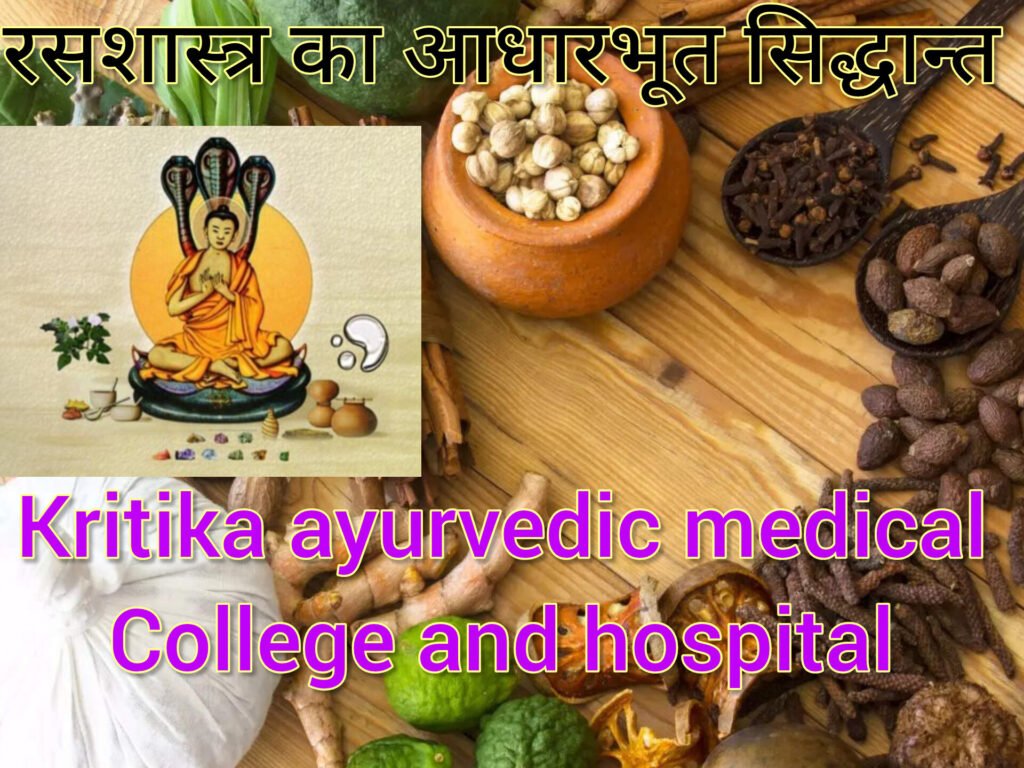
रसशास्त्र का आधारभूत सिद्धान्त (The Fundamental Principles of Rasa Theory)
Rasa theory, primarily articulated by the sage Bharata Muni in his seminal work, the Nāṭyaśāstra (circa 200 BCE – 200 CE), is the cornerstone of Indian aesthetic philosophy. It explains how art, especially performance arts like drama and dance, evokes a transcendent emotional experience in the audience.
The entire theory can be summarized by its most famous sutra (aphorism):
“विभावानुभावव्याभिचारिसंयोगाद्रसनिष्पत्तिः।”
(Vibhāvānubhāvavyābhicārisaṁyogādrasanispattiḥ.)
“Rasa is produced (nispattiḥ) from the combination (saṁyogāt) of Vibhāva (Determinants), Anubhāva (Consequents), and Vyabhicāri Bhāva (Transitory Emotions).”
Let’s break down the key components:
1. स्थायी भाव (Sthāyī Bhāva) – The Permanent Emotions
These are the basic, universal human emotions that reside in the human psyche in a latent state. They are eight (or nine) in number:
- रति (Rati) – Love, Delight
- शोक (Shoka) – Sorrow
- क्रोध (Krodha) – Anger
- उत्साह (Utsāha) – Energy, Enthusiasm
- भय (Bhaya) – Fear
- जुगुप्सा (Jugupsā) – Disgust
- विस्मय (Vismaya) – Astonishment, Wonder
- निर्वेद (Nirveda) – Detachment, Dispassion (sometimes included as a Sthāyī Bhāva for Śānta Rasa)
2. विभाव (Vibhāva) – The Determinants
These are the causes or catalysts that bring the latent Sthāyī Bhāva to life. They are of two types:
- आलम्बन विभाव (Ālambana Vibhāva): The foundational cause or the object of the emotion (e.g., the beloved for love, the enemy for anger).
- उद्दीपन विभाव (Uddīpana Vibhāva): The enhancing or stimulating factors (e.g., a moonlit night for love, a battlefield for anger).
3. अनुभाव (Anubhāva) – The Consequents
These are the deliberate physical reactions and expressions that manifest the emotion being experienced by the character. They are the outward signs that follow (anu) the cause.
- Examples: Smiling, crying, sweating, trembling, specific hand gestures (hastas), body postures, and vocal tones.
4. व्यभिचारी/संचारी भाव (Vyabhicārī / Sañcārī Bhāva) – The Transitory Emotions
These are 33 fleeting emotional states that flow into and support the primary Sthāyī Bhāva. They are like attendants to a king.
- Examples: Nervousness (trāsa), shame (vrīḍā), lethargy (alasya), recollection (smṛti), doubt (saṁśaya), etc.
5. रस (Rasa) – The Aesthetic Relish or Juice
When the Sthāyī Bhāva in the character’s heart is awakened by the Vibhāvas, expressed through Anubhāvas, and enriched by the Vyabhicārī Bhāvas, it is transformed into Rasa in the mind of the sensitive spectator (the sahṛdaya).
Rasa is not a personal emotion felt by the spectator (e.g., they don’t feel personal grief), but a blissful, impersonal, and transcendent aesthetic experience of that emotion. It is akin to savoring the flavor of a perfectly cooked meal.
The Eight (or Nine) Rasas:
Each Rasa corresponds to a Sthāyī Bhāva.
| रस (Rasa) | स्थायी भाव (Sthāyī Bhāva) | English Approximation |
|---|---|---|
| 1. शृङ्गार (Śṛṅgāra) | रति (Rati) | The Erotic, Love |
| 2. हास्य (Hāsya) | हास (Hāsa) | The Comic, Laughter |
| 3. करुण (Karuṇa) | शोक (Śoka) | The Pathetic, Compassion |
| 4. रौद्र (Raudra) | क्रोध (Krodha) | The Furious, Anger |
| 5. वीर (Vīra) | उत्साह (Utsāha) | The Heroic, Valour |
| 6. भयानक (Bhayānaka) | भय (Bhaya) | The Terrible, Fear |
| 7. बीभत्स (Bībhatsa) | जुगुप्सा (Jugupsā) | The Odious, Disgust |
| 8. अद्भुत (Adbhuta) | विस्मय (Vismaya) | The Marvelous, Wonder |
| 9. शांत (Śānta) | निर्वेद (Nirveda) | The Peaceful, Tranquility |
द्रुतिलक्षण (The Characteristics of Druti)
द्रुति (Druti) is a crucial concept within the broader framework of Rasa theory, specifically related to the performance and its emotional delivery. It is not one of the primary eight components but is a quality or an effect.
Meaning: The word “Druti” is derived from the root “द्रु” (dru), which means “to run,” “to melt,” or “to become liquid.” Thus, Druti implies liquefaction, melting, or dissolution.
Definition: In the context of performance (abhinaya), Druti refers to the state where the performer’s body and mind become so completely immersed and dissolved in the emotion (bhāva) they are portraying that their external expressions (anubhāva) become utterly spontaneous, fluid, and effortless.
It is the highest level of an actor’s/dancer’s identification with their character. The technical execution of gestures, steps, and expressions “melts away,” leaving only the pure, unmediated flow of emotion. The distinction between the performer and the character blurs.
Key Characteristics (Lakṣaṇa) of Druti:
- Spontaneity (सहजता): The performance loses its rehearsed, mechanical quality. The reactions and expressions flow as naturally as they would in a real-life situation.
- Effortless Fluidity (प्रवाह): There is a seamless, liquid transition from one emotion to another, from one gesture to the next, without any visible strain or calculation.
- Complete Absorption (तन्मयता): The performer is completely absorbed (tanmayata) in the world of the character. They are not “acting” but “being.”
- Emotional Authenticity: The emotion portrayed is perceived as genuine and deeply felt, even though it is within an artistic context. This authenticity is what allows the Rasa to truly manifest in the audience.
Analogy: It is like a skilled musician who has practiced a piece so thoroughly that they no longer think about the notes. Instead, they are completely lost in the music, and their performance becomes a pure, emotional expression. The technique has “melted” into the art.
In essence, while Rasa is the ultimate goal (the relish experienced by the audience), Druti is a key means to that end—it is the state of the performer that most effectively transmits the Sthāyī Bhāva from the stage to the hearts of the spectators, allowing for the true birth of Rasa.
